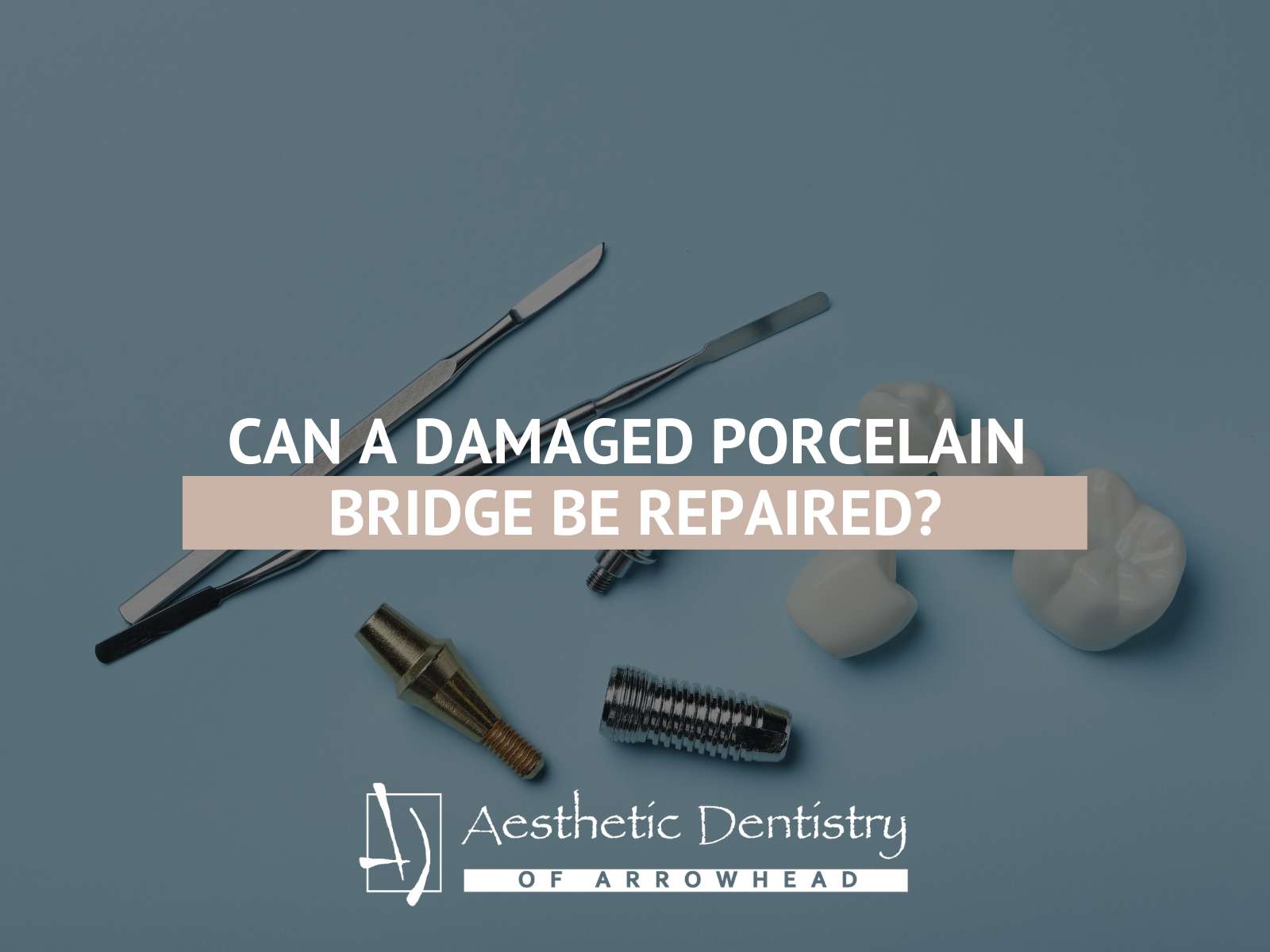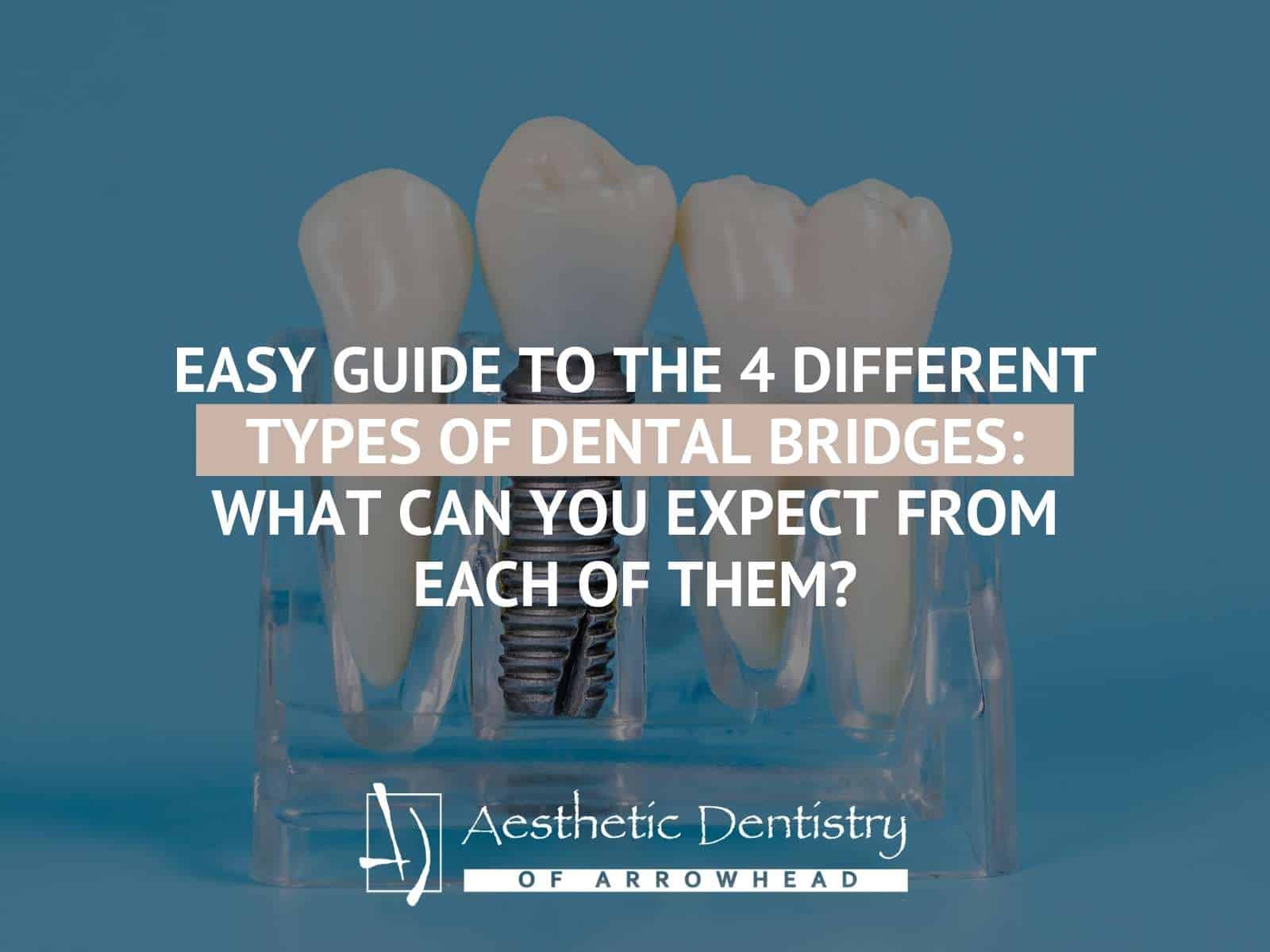Porcelain And Composite Inlays
Inlays are custom made and fit fillings that are created in a lab. When compared to traditional dental fillings used to treat tooth decay and structural damage, inlays can be a stronger, longer lasting, and well-fitting solution.
To create an inlay, whether made of porcelain or composite material, the first step is to clean the cavity out of your tooth and then create an impression of the tooth. A temporary filling is set into your tooth to protect it from fractures and further deterioration, while the impression is sent to the lab for creation.
Porcelain inlays are popular because they are so stain resistant and hard, as well as matching your tooth color and being aesthetically pleasing. The other popular type of inlay is made of tooth colored composites. These inlays create a water-tight seal which reduces the risk of bacteria entering the gap and causing an infection. They also do not have many of the down-sides of metal fillings such as temperature sensitivity. Both the composite and porcelain types of inlays are glued or bonded to your teeth with a special cement.
Porcelain Inlay & Composite Inlay Post Treatment Expectation
It is common to feel some discomfort at the site of the anesthetic
There are many reasons why your inlay may become loose, though it occurs very rarely. Should your inlay detach, become loose, or move, contact your dentist immediately. The longevity of either a filling or an inlay depends on your diet and oral hygiene regimen. Maintain your inlay with proper brushing and flossing as recommended by your dentist.
If you have any additional questions, please consult with the Glendale dentist.













